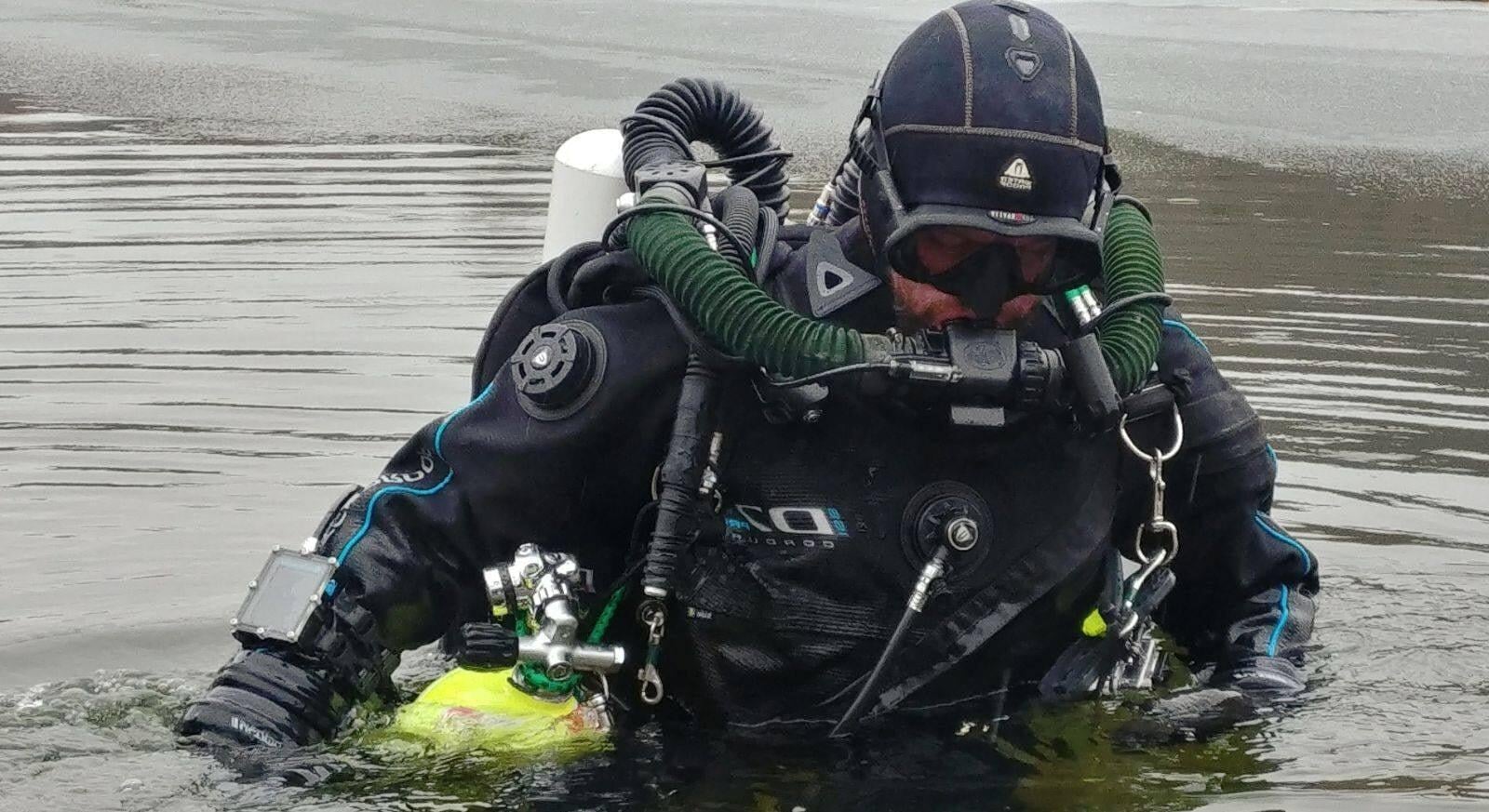Choosing your gradient factors (GFs) is a contentious subject for new and experienced technical divers. . If you do, and you’re not confident in the numbers on the computer, then, welcome to the club! I want to break down some common misconceptions about what constitutes a good idea when choosing gradient factors.
If you don’t have a good grasp on what a gradient factor is check out this resource:
“Someone else does it [and isn’t getting bent]”
“I feel better after the dive now that I use XX/YY”
“As you dive more you figure out the correct gradient factors”

The discussion on GFs always leaves a key component out. Decompression algorithms are not the holy grail of mitigating risk. They are a piece of the puzzle, and not necessarily the largest piece.
Is selecting a GF important? YES.
Is understanding the logic behind GFs and decompression models important? YES.
But the other stressors are too often ignored. Fitness, fatigue, hydration, thermal stress and exercise are components that are a consideration for every single technical dive. Having hours of discussion on GFs and no consideration for the other factors is seeing a tree, but not the forest. It’s just as big of a blunder as high technical skill proficiency without any non-technical (human factors) proficiency. Further, picking any two (i.e. GFs and hydration) is missing the point.
How should you choose a gradient factor?
Here is the ultimate question. The short answer is: Eh, there’s nothing set in stone.**
The long answer is: You need to be educated on what a GF is, what it’s based on, and the research that backs up low VS high methodology without ignoring the other factors. It’s every technical diver’s responsibility to understand these factors and mitigate them to the best of their abilities.
